Introduction
A Brief Introduction to Pipeline Maintenance
Maintaining pipelines is crucial for ensuring efficient operations and preventing leaks. Regular inspections and cleanings help avoid costly breakdowns and environmental hazards. Companies invest heavily in maintenance programs to keep their pipelines in optimal condition, using various tools and technologies to detect and rectify issues before they escalate.
Overview of What a Bidirectional Pig is and Its Significance
A bidirectional pig is a versatile tool used in the maintenance of pipelines. It travels inside the pipeline, able to move in both directions, which is essential for thorough cleaning and inspection. This capability not only saves time but also enhances the effectiveness of the maintenance process. Bidirectional pigs play a critical role in the preventive maintenance strategy of pipeline systems, ensuring they remain free from obstructions and operational inefficiencies. Their use significantly contributes to the longevity and safety of pipeline infrastructures across various industries.
Understanding Bidirectional Pig
What is a Bidirectional Pig?
A bidirectional pig is a specialized device designed for pipeline maintenance tasks. It operates inside pipelines to perform cleaning and inspection without needing to reverse its course. This dual-direction capability allows for continuous operation, enhancing efficiency and reducing operational downtime. Bidirectional pigs ensure consistent pressure and seal integrity, critical for the effective transport of materials through pipelines.
History and Evolution of Pipeline Pigs
Pipeline pigs originally served the simple purpose of cleaning, but their role has significantly expanded over the years. Initially, they were basic tools that pushed debris out of pipelines. As the industry’s needs evolved, so did the technology, incorporating sensors and other diagnostic tools to not only clean but also inspect pipelines for potential issues. This evolution transformed pipeline maintenance, turning pigs into essential tools for proactive maintenance strategies. Today, bidirectional pigs represent the pinnacle of this development, combining efficiency with comprehensive pipeline care.
Design and Features of Bidirectional Pigs
Anatomy of a Bidirectional Pig
The anatomy of a bidirectional pig includes several critical components that cater to its functionality. Sealing disks create a tight seal against the pipeline walls, which helps maintain pressure and remove debris efficiently. Bypass valves regulate pressure and flow within the pig, ensuring it moves smoothly and consistently. Brushes attached to the pig scrub the pipeline’s interior surfaces, removing deposits and corrosion. These elements work together to ensure the pig performs its dual tasks of cleaning and inspection effectively.
Material Selection for Durability and Efficiency
Manufacturers choose materials for bidirectional pigs with durability and efficiency in mind. High-grade rubber and polyurethane commonly form the sealing disks, offering resilience against abrasive substances. Stainless steel or durable plastics usually make up the structural components and brushes, ensuring longevity even in harsh pipeline environments. This careful selection of materials ensures that bidirectional pigs can withstand the operational challenges of different pipelines while maintaining peak performance over many uses.
Functional Aspects
How Bidirectional Pigs Operate
Bidirectional pigs boast a unique design that allows movement in both directions within a pipeline. These pigs harness the flow of the product being transported to propel themselves forward or backward. Operators can control this movement by adjusting the pressure and flow of the pipeline content. This flexibility is crucial for thorough inspections and cleaning, as it allows the pig to navigate past complex pipeline configurations and obstructions without requiring retrieval and reinsertion at different points.
Cleaning and Inspection Capabilities
The dual functionality of bidirectional pigs enhances both cleaning and inspection processes. As the pig travels through the pipeline, its brushes and scrapers remove built-up debris and sediment, effectively cleaning the internal surface. Simultaneously, equipped sensors and gauges perform real-time inspection tasks, detecting anomalies like cracks, corrosion, or other structural weaknesses. This dual action not only ensures the physical cleanliness of the pipeline but also aids in maintaining its structural integrity, preventing potential failures that could lead to environmental and operational hazards.
Frequently Asked Questions (FAQs)
What makes a pig “bidirectional”?
A pig is termed “bidirectional” because it can travel in both directions within a pipeline. This ability is enabled by its design, which includes symmetric sealing elements and central bypass valves that allow it to operate efficiently irrespective of the direction of flow.
How often should bidirectional pigs be used in pipelines?
The frequency of using bidirectional pigs in pipelines depends on several factors including the type of material transported, pipeline age, previous inspection results, and environmental conditions. Typically, operators perform pigging operations at intervals ranging from three months to two years to ensure optimal pipeline performance and safety.
Can bidirectional pigs detect pipeline defects?
Yes, bidirectional pigs equipped with the appropriate sensors can detect various types of pipeline defects. These include corrosion, cracks, and other structural irregularities. Advanced pigs incorporate technologies such as magnetic flux leakage (MFL) and ultrasonic testing to provide detailed inspections.
What are the limitations of using bidirectional pigs?
While highly effective, bidirectional pigs do have limitations. They may not perform well in pipelines with very sharp bends, varying diameter sections, or heavily corroded areas. Additionally, their effectiveness can be compromised if not properly sized or configured for the specific pipeline characteristics.
How does the size of the pipeline affect the choice of a pig?
The size and diameter of the pipeline are critical factors in selecting a pig. The pig must be slightly larger than the pipeline’s internal diameter to ensure a good seal and effective cleaning or inspection. Choosing the right size is essential for the pig to function effectively without becoming stuck or causing damage to the pipeline.


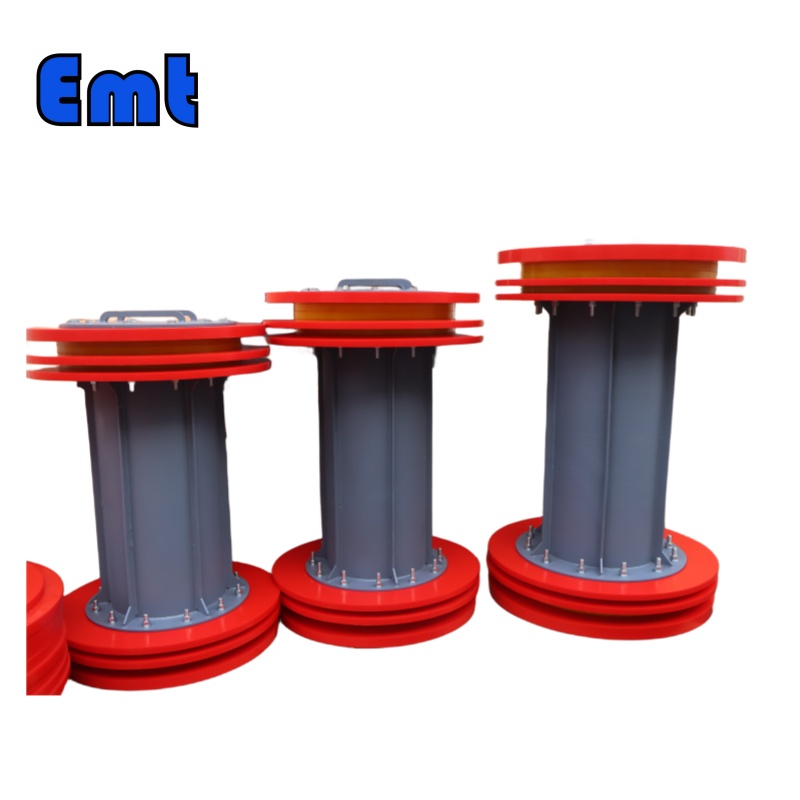
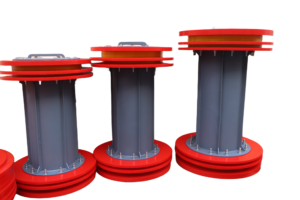
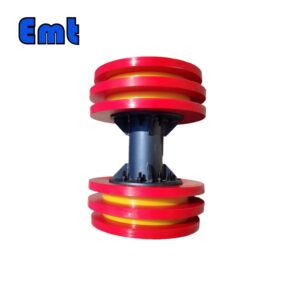
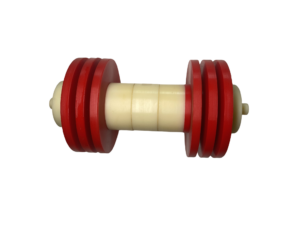
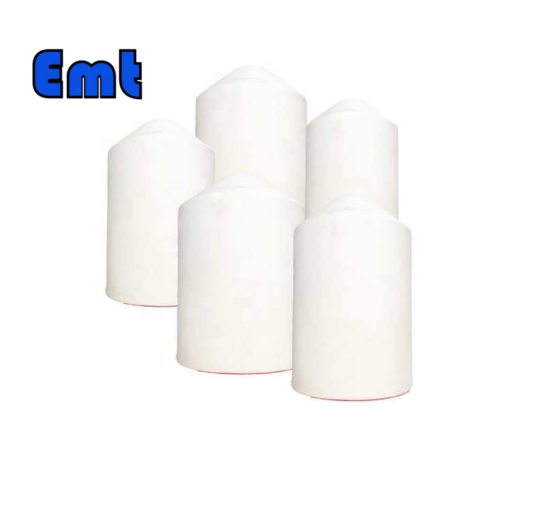
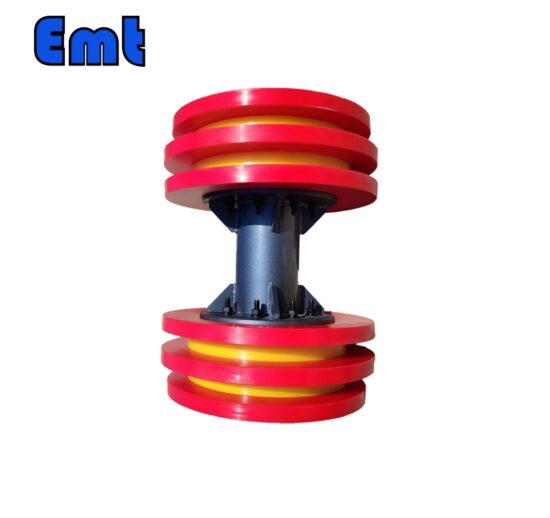

There are no reviews yet.